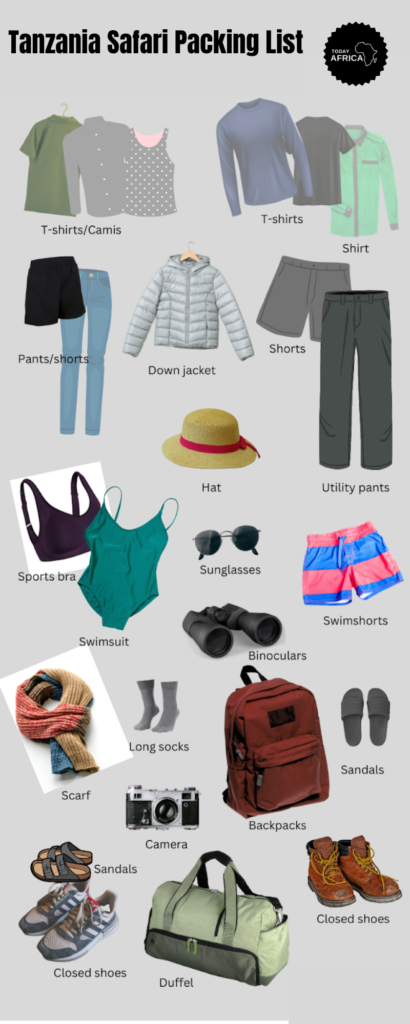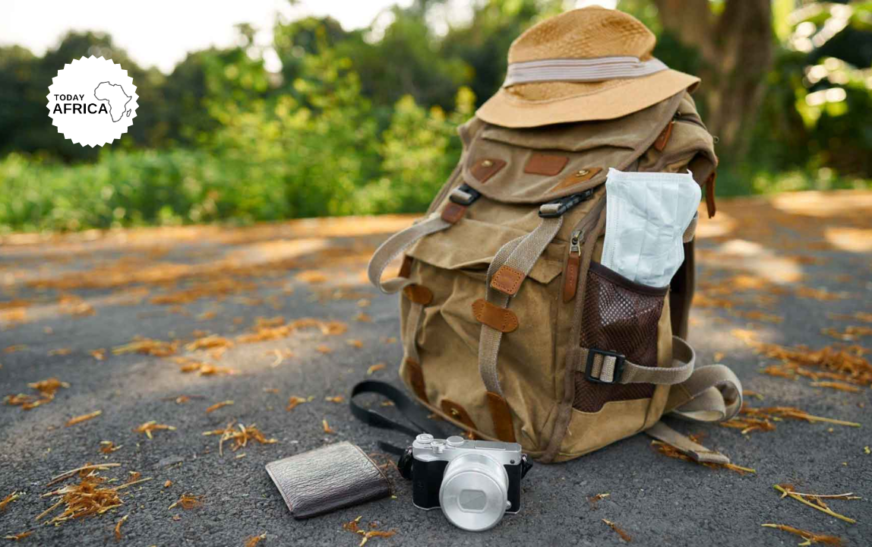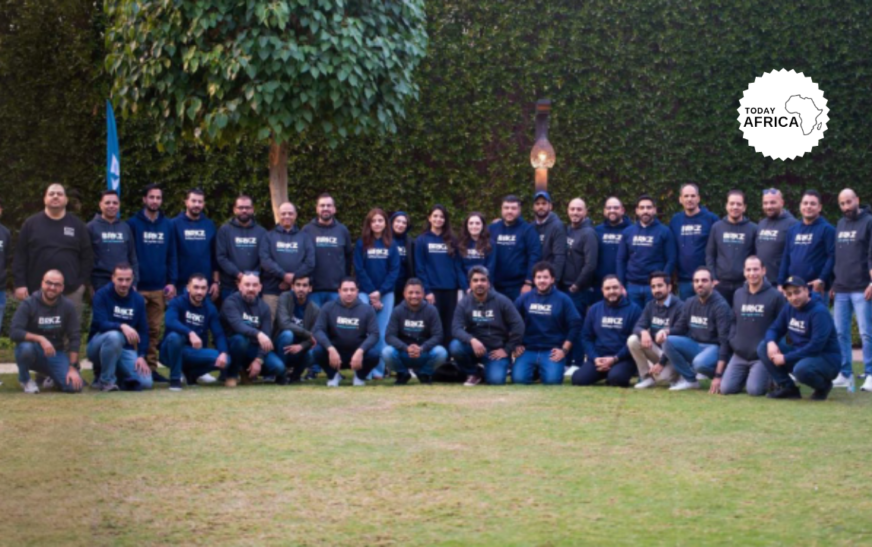The holiday is coming up and it’s time to pack! You may not know what to expect from a Tanzanian holiday, so we have drawn up this packing list to help you.
Of course, you will need the basics that you always take when travelling, but on safari there are also some specific items we think are handy to have with you as well.
We would like to ask you to pack as lightly as possible. Really think about what you need and leave the less important things at home. Smaller duffle bags fit much better into safari jeeps.
Also, if you have a domestic flight in your itinerary you can only take 15 kg of checked-in luggage per person. That may seem impossible, but you will manage!
As you eagerly plan your trip, this Tanzania safari packing list below will ensure that you are prepared and fully equipped for this once-in-a-lifetime experience. Click here for the best safari lodges in Tanzania and their prices.
Best Time to Visit Tanzania
Before you start packing, it’s important to consider the ideal time of year for your visit to Tanzania.
The best and most popular time to explore this stunning safari destination is generally from mid-June to October. It’s comfortably cool, plus two million animals make the precarious Mara River crossing in June and July. Outside these months, you can track the migration elsewhere in the Serengeti.
During this period, the weather conditions are favorable, and you can partake in seasonal tours and specialized activities.
Unlike the wet season, the dry season offers predictable weather and ideal safari conditions.
What to Expect with the Weather
While average temperatures don’t vary significantly throughout the year, Tanzania’s climate is characterized by distinct dry and wet seasons.
Dry season
The dry season is East Africa’s prime time for safaris, as it offers the most predictable weather conditions.
Although early mornings and evenings might be cold, temperatures during this season are relatively stable. Expect thermometer readings around 23°C/73°F, with coastal areas reaching highs of 28°C/82°F.
Wet season
During the wet season, the dry Tanzanian landscape transforms into a lush, green wonderland. Temperatures rise, ranging between 24°C/75°F and 27°C/81°F, with coastal areas experiencing highs of 30°C/86°F.
There are two distinct periods of rainfall during this season:
- Short rains: November to December, characterized by frequent afternoon thunderstorms.
- Long rains: March to April, which bring hot and humid conditions, representing the peak of the wet season.
General Checklist
Regardless of the duration of your trip, it’s essential to pack only the necessary items.
Most accommodations in Tanzania provide laundry facilities, and if you’re camping, safari clothes are durable enough to withstand a rough hand wash.

Here’s a general checklist to guide your packing:
Clothes
- Long-sleeved shirts and trousers: temperatures can drop at night and it keeps mosquitoes away and protects you from the sun.
- Shorts
- T-shirts
- Rain jacket
- Fleece jacket/ warm sweater
- Socks
- Hat: to protect your face from the sun
- Nice outfit: for dinners or when you spend time in a city
- Sarong: very useful for women to wrap around if you need to go to the toilet in the bush or after a swim.
- Swimsuit
- Sunglasses
- Daypack: a small one that you can take with you on daily tips the best thing is to wear layers of light breathable clothes. Mornings and evenings can be quite cool in Tanzania while during the day it can become pretty hot. Choose neutral colors to keep the bugs away and don’t scare off the wildlife.
Footwear
- A pair of sneakers or trail runners: hiking shoes are only necessary if you are going to climb a mountain, otherwise, choose lighter shoes.
- Flip-flops or sandals: comfortable when you relax at your accommodation, go swimming or take a shower.
Toiletries
- Pack the usual things like soap, toothpaste, shampoo, and conditioner, etc.
- Sunscreen
- After-sun lotion
- Bug spray/ insect repellent with DEET
- Lip balm with SPF
- Wet wipes: if you have to go to the toilet or clean anything during your safari.
Medical Kit
- Antidiarrheal medications
- Anti-malaria medications
- Hand sanitizer
- Painkillers like aspirin
- Nose spray
- Eye-drops: it can be very dusty on the African plains
- Plasters and anti-bacterial medicines
- Tweezer
Gadgets/electronics
- Camera
- Charger or/and batteries
- Extra memory card
- Headlamp/flashlight
- Phone: a lot of accommodations offer free WIFI
- Universal plug converters
- Binocular
Note: Put your gadgets in a waterproof bag to protect it against dust and rains.
Documents
- Passport: valid a minimum of 6 months prior to entry.
- Yellow fever health card: they can ask for it upon arrival at the airport.
- Visa: you can buy it upon arrival at the airport in Tanzania for USD 50.
- Credit card
- Cash dollars
Essential Safari Packing List Tanzania
Now, let’s delve into some of these essential packing items, such as clothing, insect repellent, baggage, and technology, which are vital for a successful and enjoyable Tanzania safari.
Read Also: Top 17 Safest Countries in Africa to Visit & Their Tourist Attractions
Clothing
When it comes to packing clothing for a safari, comfort and color are key. Opt for breathable, moisture-wicking fabrics that facilitate layering, ensuring your comfort throughout the day. Most lodges in Tanzania do not have strict dress codes, as many guests go straight to dinner after their afternoon safari. While smart clothes are a nice-to-have, they are not a necessity.
Insect repellent
In addition to choosing the right clothing, another way to ward off unwanted insects is through Insect Shield-treated clothes. These garments have been specially treated with permethrin, which acts as an insect guard. If you prefer a budget-friendly option, consider packing permethrin spray and a DEET-based repellent
Bag
For your safari adventure, it’s essential to have two types of bags: a duffel bag and a daypack.
Duffel bag
Opt for a soft duffel bag instead of a hard suitcase, as it is more practical for safari travel. Duffel bags are easier to handle when loading gear into trucks and squeezing them into small, chartered flights. Look for a duffel bag with a capacity exceeding 80 liters, a durable zipper system, and the ability to be easily locked. A hand and shoulder strapping system will provide extra versatility.
Daypack
In addition to your duffel bag, a daypack is essential for carrying important items during your safari. Keep essentials such as sunscreen, sunglasses, snacks, water, money, passport, camera, and phone in your daypack.
Technology You Need While Visiting Tanzania
Don’t forget to pack the necessary technology for capturing your safari memories and staying connected.
Adaptors and chargers
While most new hotels offer international adaptors and outlets, it’s advisable to bring your own travel adaptor suitable for the country you’re visiting. There are African-specific or universal adaptors available to ensure your devices stay powered.
Camera
Although many travelers use their smartphones to capture moments, a dedicated camera will provide superior photo quality. If you’re passionate about photography, a zoom lens of 300mm or more is recommended for capturing wildlife and stunning landscapes.
Binoculars
While not essential, a good pair of binoculars can greatly enhance your safari experience, particularly when tracking the Great Wildebeest Migration in the Serengeti.
Conclusion
With this safari packing list for Tanzania, you are now equipped with everything you need for an incredible safari adventure.
Remember, the key is to pack smartly and focus on comfort and functionality.
Leave the heavy suitcases behind and bring only the essentials and creature comforts that will enhance your journey.
Now, all that’s left is to immerse yourself in the captivating beauty of East Africa and create memories that will last a lifetime.
Frequently Asked Questions (Tanzania Safari Packing List)
How do I pack for a safari in Tanzania?
In Tanzania, the mornings and the evenings are usually cold. So keep a jacket and scarf along on game drives as temperatures drop suddenly. Cover at night- Full sleeve shirts and pants can help you avoid mosquitos after the dark. Sun hat- Light-neutral, unisex hat and dark-neutral, unisex hat.
How should I dress for Tanzania safari?
Avoid bright colors, white and dark colors, and instead bring clothes of neutral colors, such as khaki, light bark or mid-tone brown, beige, olive and green, the typical colors used for safari clothing.
Can you wear jeans in Tanzania?
How to dress in Tanzania. Tanzania is deeply conservative, so both men and women should cover their knees and shoulders in public. Traditionally, women only wear skirts, but it’s fine for foreign women to wear jeans or trousers – as long as they aren’t too form-fitting.
What shoes to wear in Tanzania?
For your Tanzania safari, make sure to bring lightweight and waterproof shoes for activities, as well as flip-flops or sandals for around camp. Bring extra clothing so you don’t have to do laundry while there.
Can a woman wear shorts in Tanzania?
Tanzania is a country of mixed beliefs including Christianity and Islam, as well as a number of other conservative traditions and faiths. In Tanzania, modesty is the ideal and thus shorts and miniskirts as well as very tight clothing is considered inappropriate and quite provocative.
What not to wear on safari in Tanzania?
Dark colours attract Tsetse flies, so stay away from dark blue or black clothing – they have a painful bite! Now that you know what to wear, make sure you know how to pack. Most safari operators will ask that you only bring one suitcase, one overnight duffle bag, and one day pack.
Which month is best for Tanzania safari?
The best time to visit Tanzania for a safari is June-August. It’s comfortably cool, plus two million animals make the precarious Mara River crossing in June and July. Outside these months, you can track the migration elsewhere in the Serengeti.







![15 Best Beaches in Morocco to See This Year [& Essential Packing List]](https://todayafrica.co/wp-content/uploads/2023/12/Blue-Simple-Dad-Appreciation-Facebook-Post-1200-×-720-px-6-9.png)








